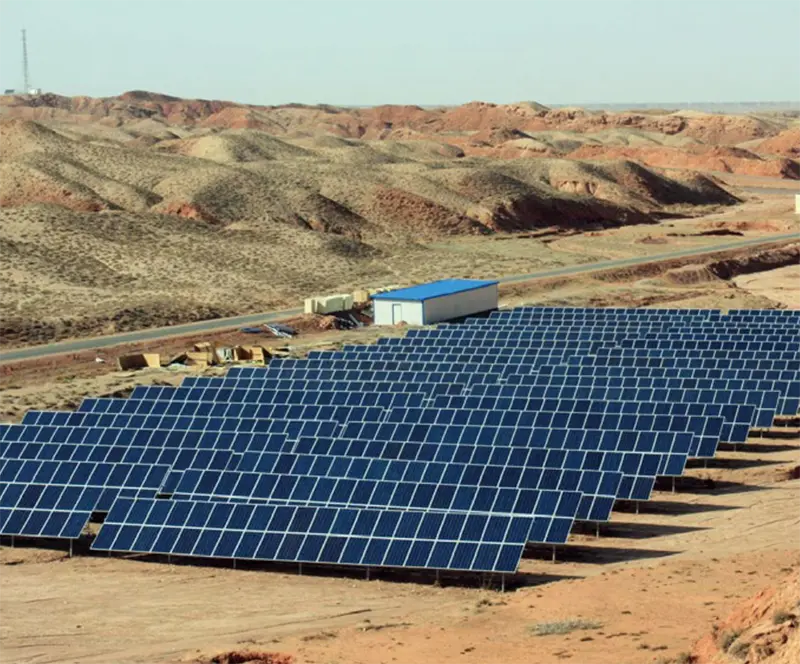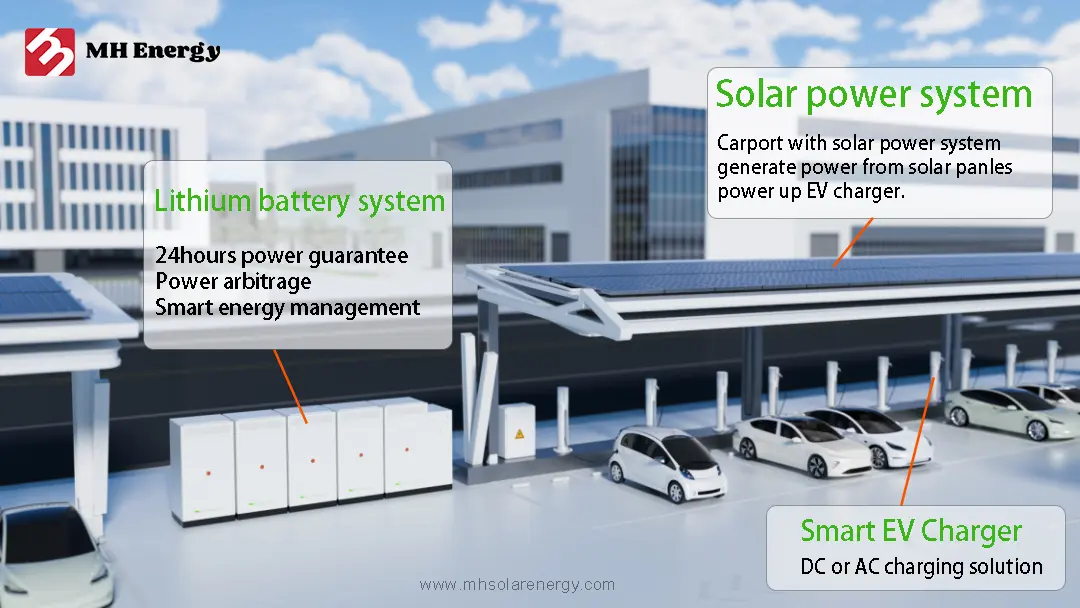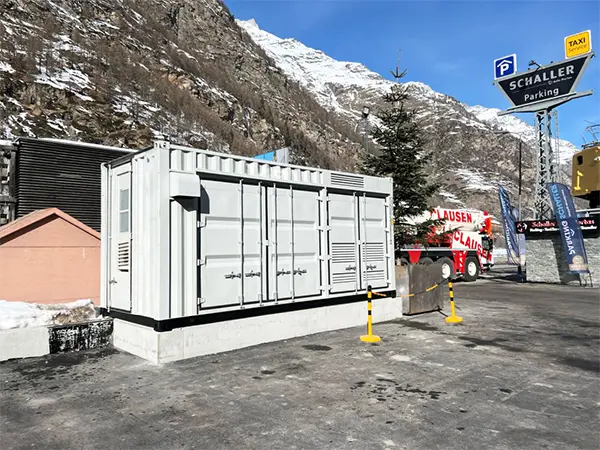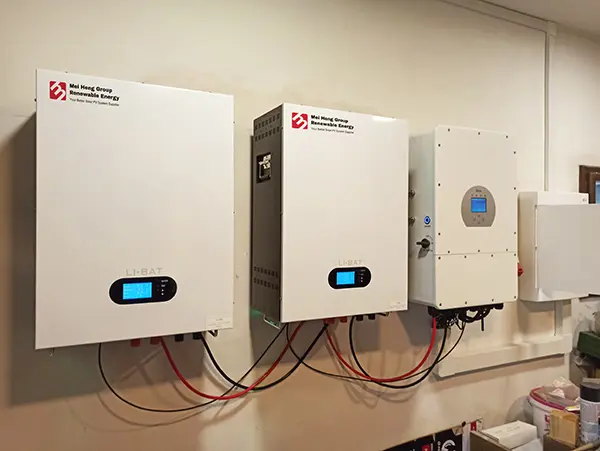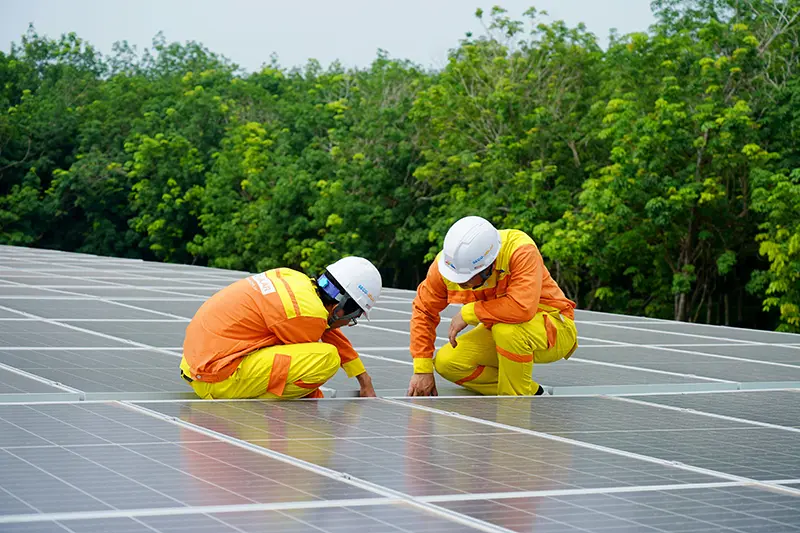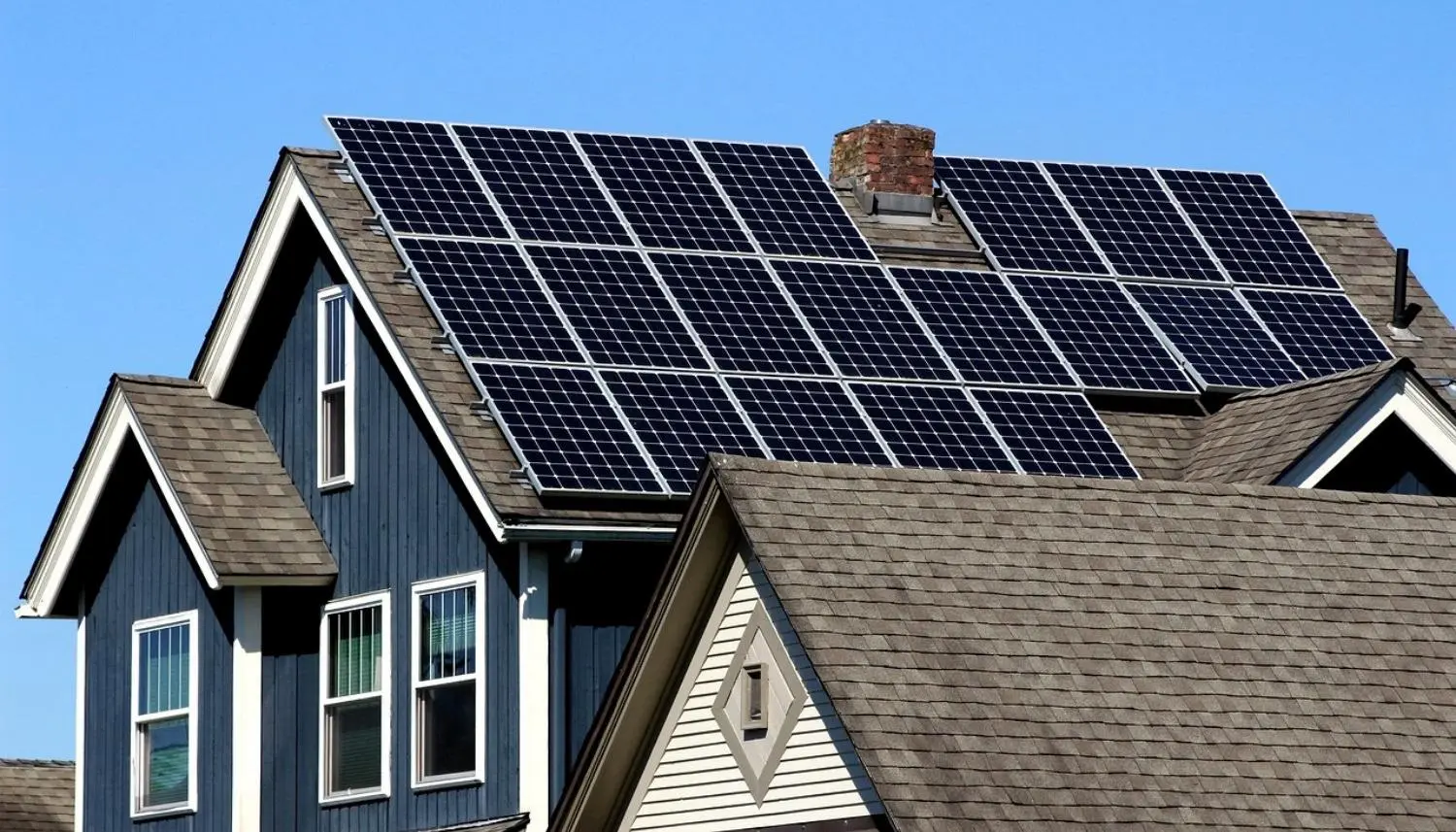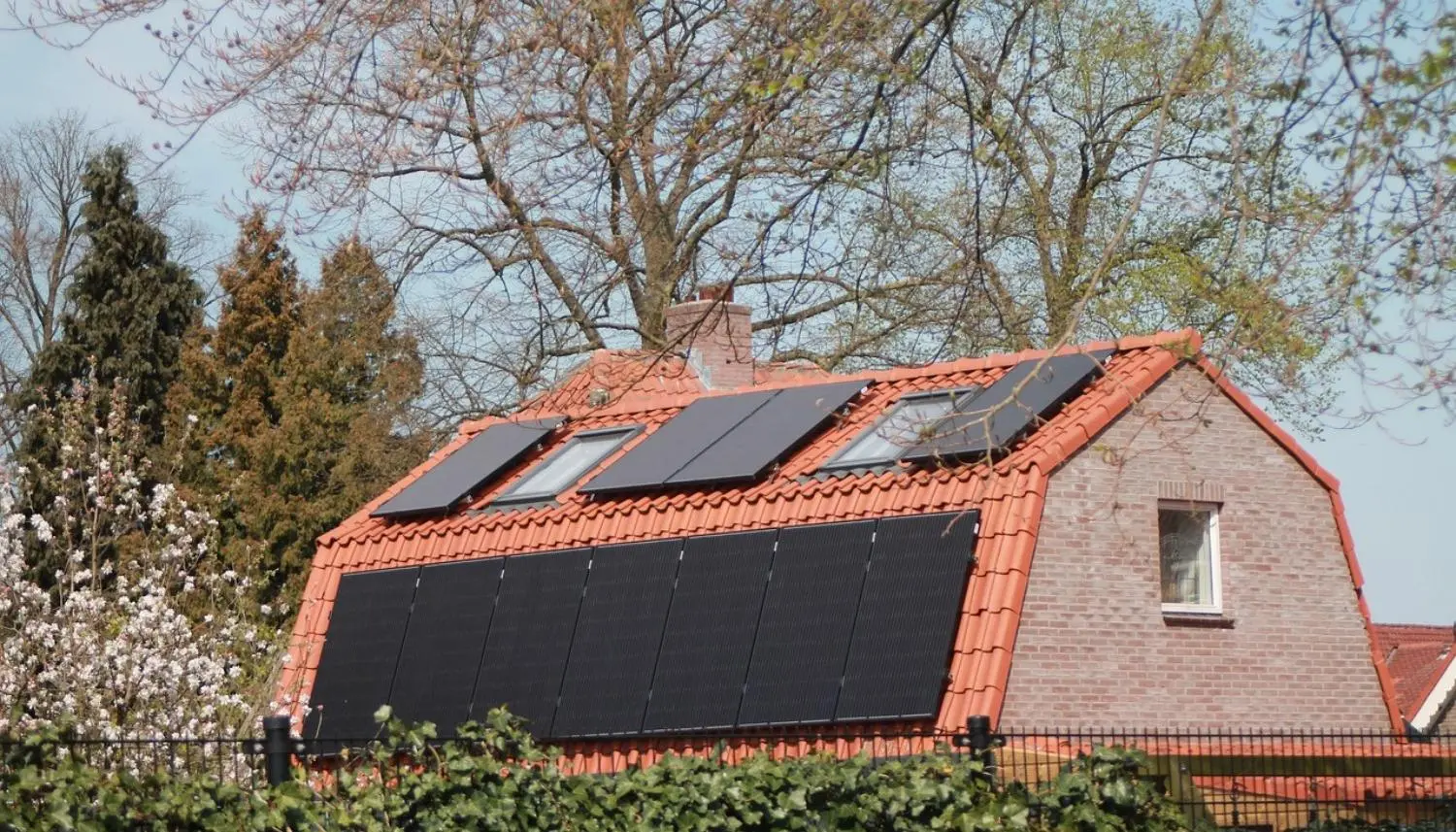Three key important application scenario of battery energy storage system
As the share of solar and wind power generation continues to grow, the intermittent and unstable nature of Renewable Energy has become increasingly apparent. The impact of variable solar and wind energy on the grid is becoming more severe. Consequently, energy storage technologies such as pumped hydro storage, compressed air storage, and battery storage are drawing growing interest from engineering professionals and investors alike.
It is widely recognized that there are three main categories of energy storage applications: power-side storage, grid-side storage, and user-side storage.
01 Power-Side or Generation-Side Storage
Power-side energy storage—also known as generation-side storage—typically refers to energy storage systems installed within or near solar or wind power plants. These systems are relatively small in scale and mainly serve to smooth the plant’s power output and perform limited peak shaving and valley filling. Their primary purpose is to reduce the randomness and volatility of power generation, ensure a more stable renewable power output, and help mitigate the financial losses caused by curtailment of wind and Solar Energy.
This type of storage has many advantages: high storage efficiency, support for distributed deployment, and grid-friendly operation. However, it also faces challenges such as dispersed locations, complex scheduling, and generally low utilization rates. Distributed generation-side storage is best suited for local generation and consumption, and is often not economically viable for large-scale power transmission.
At present, power-side storage faces a range of technological, policy, and market operation challenges. If it can be closely integrated with the grid and local demand to enhance on-site energy consumption, it holds considerable market potential.
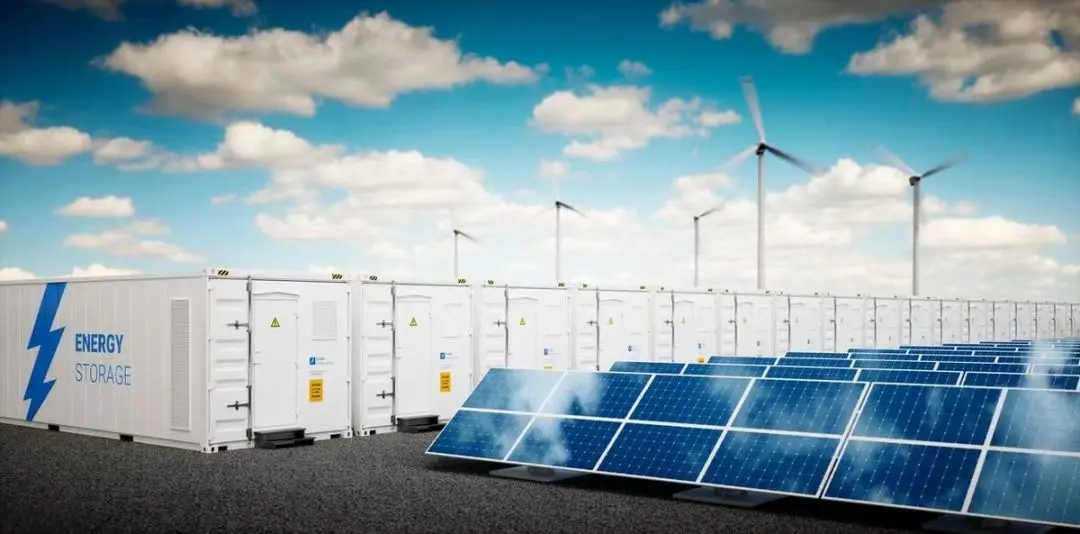

02. Grid-Side Storage
Grid-side storage can be divided into centralized large-scale storage stations and small to medium-sized distributed storage stations. In theory, centralized large-scale energy storage is considered the most effective form of energy storage. It offers a fundamental solution to the disruptive effects of large-scale renewable energy on the power grid, significantly enhancing the grid’s supply stability and rapid dispatch response capabilities.
Many of the current pumped hydro, compressed air, and large-scale battery storage projects under development fall into this category. However, such projects require massive investments and impose stringent requirements on site selection and infrastructure.
In contrast, small to medium-sized distributed storage is gaining attention for its flexibility in investment and construction, proximity to power loads, and higher energy efficiency. These systems are being increasingly adopted in recent years.
Distributed storage has short construction cycles, flexible site selection, and relatively low investment costs, making it highly suitable for applications on the distribution and user sides. On the distribution grid, storage helps balance peak and off-peak loads and alleviates short-term grid overloads—thereby improving power supply reliability.
On the user side, storage systems can stabilize local electricity consumption and improve energy efficiency by taking advantage of time-of-use pricing, managing energy costs, and generating economic benefits. Grid-side energy storage can operate under various models, including virtual power plants, leasing models, and shared storage schemes.
Further development of the energy storage market will require supportive policies and capital investment, as well as continued liberalization of electricity distribution and sales markets.

03. User-Side Storage
User-side storage is not only an effective way to enhance grid supply stability, but also a key tool for transforming the energy structure and reshaping user energy consumption patterns. User-side storage typically comes in two forms: stationary power supply systems and mobile power supply systems.
For commercial and industrial users, user-side storage systems are becoming increasingly popular due to their ease of deployment, customizable capacity, and attractive return on investment.
Meanwhile, mobile power supply systems—especially in the form of electric vehicles (EVs) and electric tools—are emerging as one of the fastest-growing markets. EVs represent a major transformation on the demand side of the energy system. In addition to their lower environmental impact compared to conventional vehicles, EVs are fundamentally altering the transportation sector’s dependence on oil and gas.
This shift carries strategic importance for countries like China, given the current energy structure and future development priorities. Electric vehicles promote energy conservation and environmental protection by replacing gasoline and diesel with electricity—which can be generated from renewable sources like solar and wind.
The widespread adoption of EVs is accelerating the electrification of energy and driving the development of clean and efficient energy technologies and markets. In turn, this expansion is creating broader opportunities for solar, wind, and other renewable energy industries.
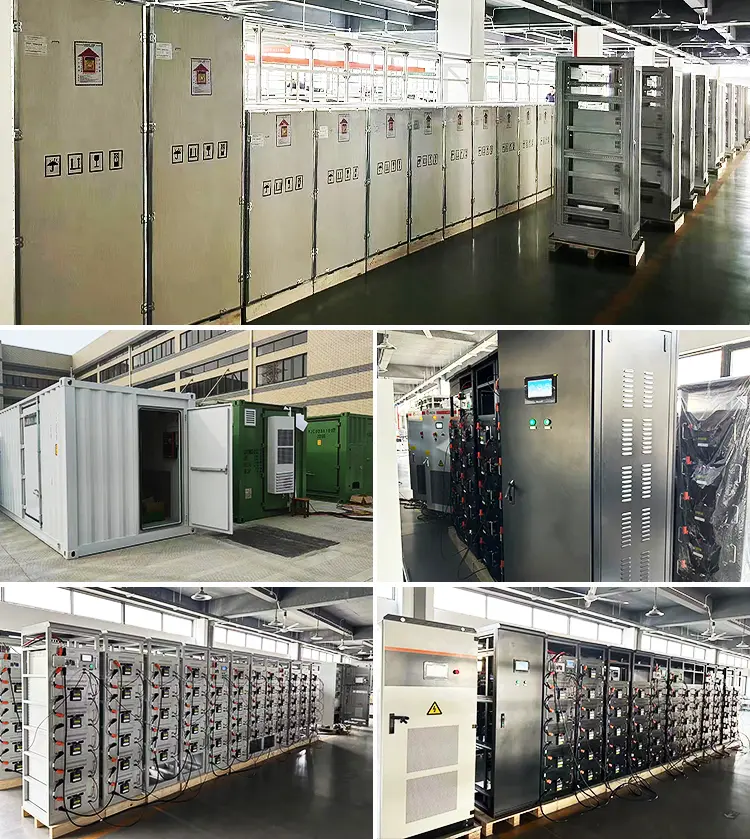
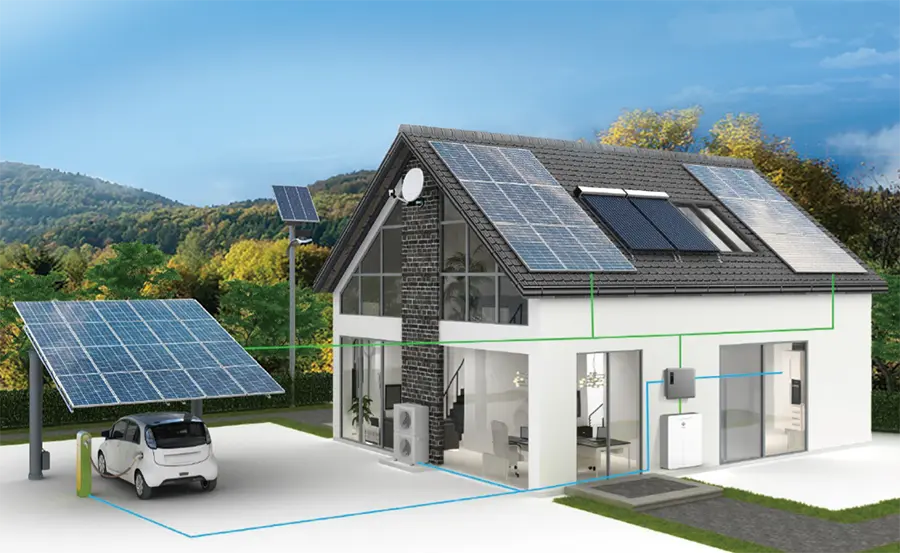
Energy storage technologies are already having a profound impact on the structure of power systems and broader energy systems—and their influence will only grow. As electricity pricing mechanisms continue to improve, the demand for and acceptance of energy storage in power markets will also increase.
It is essential to recognize that the core commercial value of energy storage lies in enhancing the grid’s capabilities for frequency regulation and peak shaving, improving grid stability and reliability, and ultimately increasing the grid’s ability to absorb more electricity—particularly from renewable sources.
Whether on the generation side, grid side, or user side, the goals of energy storage remain the same: maximize energy efficiency, stabilize power output, and achieve greater economic returns.


